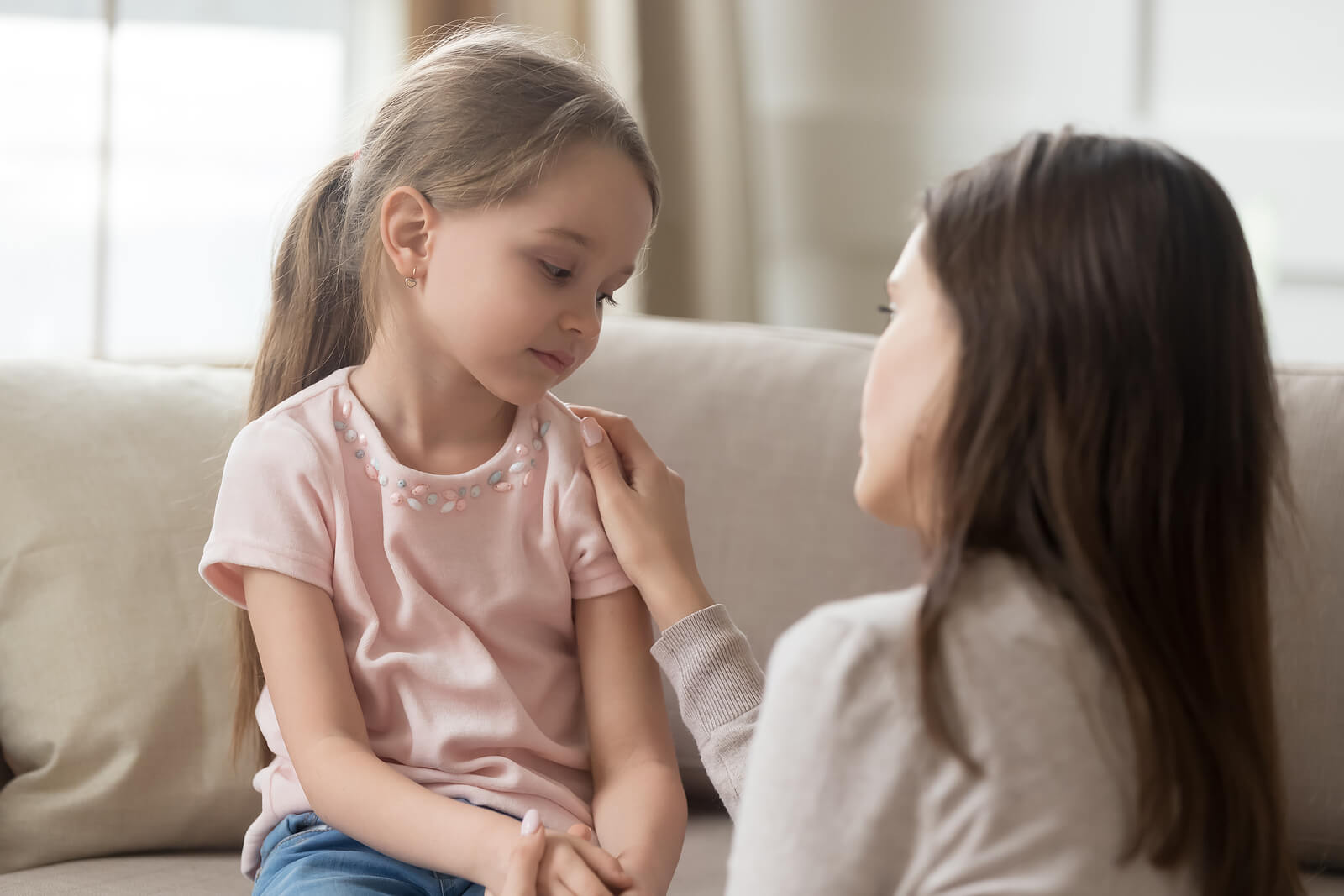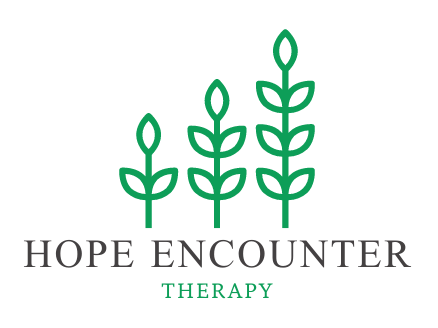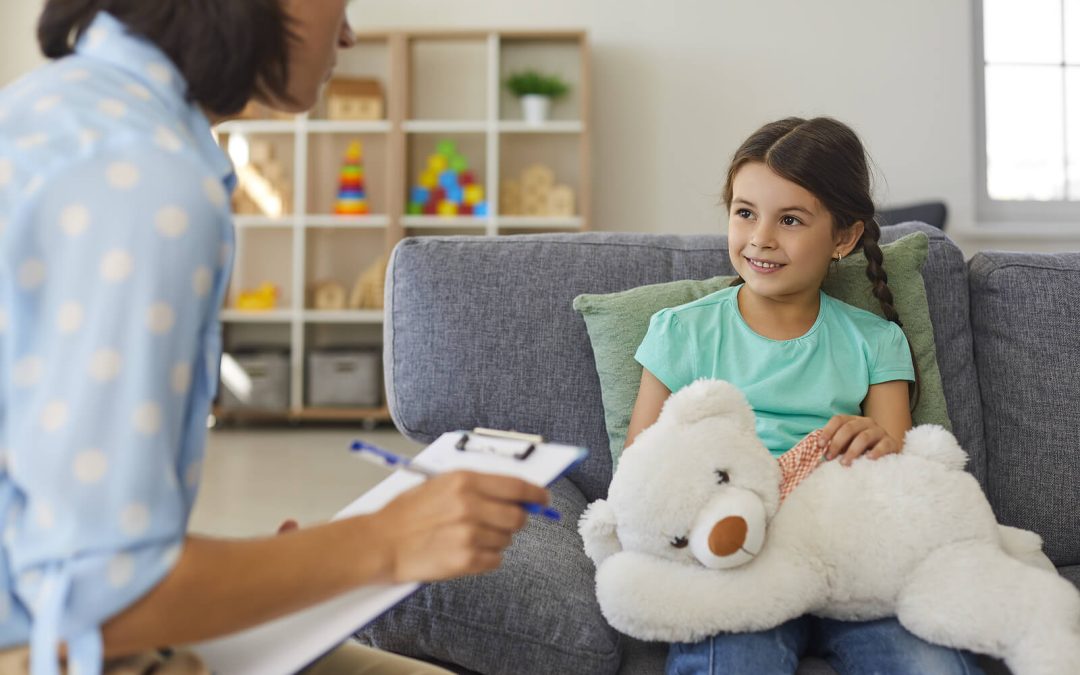Helping your child heal from the inside out—before the symptoms take root.
As parents, we all want our kids to feel safe, confident, and able to handle life’s ups and downs. But what happens when your child seems stuck—emotionally overwhelmed, anxious, or acting out—and nothing you try seems to help? If you’ve noticed changes in your child’s behavior that leave you worried, confused, or even helpless, you’re not alone. Many parents find themselves navigating challenges they never expected, especially when those challenges are rooted in trauma.
Here’s the hopeful truth: kids are incredibly resilient. And when they have the right support, they can recover and thrive—even after painful or confusing experiences.
What is EMDR Therapy For Children?
One effective and gentle therapy option for children who’ve experienced trauma is EMDR therapy, short for Eye Movement Desensitization and Reprocessing. While it might sound technical, it’s actually a well-researched and child-friendly way to help kids process past experiences and regain emotional balance.
So, how do you know if EMDR might be helpful for your child?

5 Signs To See if EMDR is Right For Your Child
Let’s walk through 5 signs to watch for—along with real-life examples and insights to help you feel more confident about your next steps.
1. Your Child Is Having Frequent Emotional Outbursts—Seemingly Out of Nowhere
We all know kids have big feelings. But if your child regularly goes from 0 to 100—especially in situations that don’t seem to warrant such an intense reaction—it might be more than typical childhood emotions.
You might notice:
- Screaming or crying over minor frustrations
- Explosive anger during transitions (like bedtime or leaving the house)
- Meltdowns that don’t respond to usual comfort or redirection
These outbursts might actually be your child’s nervous system reacting to unprocessed emotional experiences. Maybe your child witnessed a scary accident, experienced a big loss, or lived through a stressful situation like a move, divorce, or even bullying at school.
What seems like “bad behavior” is often a signal that something deeper is going on.
How EMDR helps:
EMDR works by helping your child’s brain safely reprocess the overwhelming experience that got “stuck” in their system. Once the emotional charge of that memory is reduced, their reactions in the present often become more manageable, without them even needing to talk through every detail.
2. They’re Struggling with Sleep—Nightmares, Bedtime Anxiety, or Frequent Waking
Sleep is a window into your child’s emotional world. When their brain feels overwhelmed or unsafe, sleep is often the first thing to get disrupted.
You might see:
- Frequent nightmares or night terrors
- Fear of going to bed alone
- Waking up multiple times during the night
- Trouble falling asleep, even when tired
These patterns are especially common after a stressful or traumatic event. Even something that seems “small” to an adult (like being lost in a store or seeing a parent cry during a hard time) can leave a lasting emotional imprint on a child’s nervous system.
Why this matters:
Sleep is crucial for brain development, emotional regulation, and even immune health. Ongoing sleep disruptions can increase anxiety and worsen behavioral issues, creating a tough cycle for both you and your child.
How EMDR helps:
In many cases, once children reprocess the event that’s been lingering in the background, their sleep patterns naturally improve. One parent reported that after just a few EMDR sessions, her 8-year-old, who had been crawling into bed every night, began sleeping through the night again—and felt “braver” at school, too.
3. They’re Anxious or Withdrawn at School (or Avoiding It Altogether)
School anxiety can be tricky. Some kids cry and cling at drop-off, others fake stomach aches, and some just seem to “check out” completely. You might also hear teachers say to your child:
- Has trouble focusing
- Seems easily overwhelmed or distracted
- Is falling behind academically despite being bright
- Has trouble with peer relationships or frequent conflict
When a child is living in a state of internal stress, due to trauma, family disruptions, or even things like medical procedures or bullying, it’s hard for their brain to be available for learning.
It’s not that they won’t focus—it’s that they can’t.
How EMDR helps:
By calming the nervous system and reprocessing emotionally loaded memories, EMDR helps kids feel safer in their bodies. When they aren’t stuck in survival mode, they can better access higher-level thinking and social skills, which means more success in the classroom and with peers.
4. They Seem “Stuck in the Past” or Keep Repeating the Same Worrying Themes
Sometimes trauma shows up in how a child talks or plays. You might notice your child:
- Repeatedly talks about the same scary event or “what if” scenario
- Draws or acts out aggressive, fearful, or violent themes
- Has strong reactions to reminders of past experiences (like a sound, smell, or location)
Even if the event happened months—or even years—ago, a child’s brain may not have fully processed it. That means it can still feel fresh, confusing, or dangerous, and continue to impact daily life.
How EMDR helps:
EMDR doesn’t force children to retell or relive traumatic events. Instead, it uses bilateral stimulation (like tapping or eye movements) to help the brain file away the experience in a healthier way. Many children feel relief without needing to “talk it all out,”—which is especially helpful for those who don’t yet have the words to explain what they feel.
5. They’ve Been Through a Loss, Separation, or Traumatic Experience—Even If They Seem “Fine”
Some children don’t show big outward signs of trauma. In fact, they might even seem quiet, overly mature, or “too good”—but inside, they’re carrying heavy emotions they haven’t been able to express.
Trauma doesn’t have to be a major catastrophe. It can be:
- A difficult medical experience
- Separation from a parent (divorce, incarceration, military deployment)
- Witnessing violence or arguing at home
- A car accident or natural disaster
- A scary moment they never told you about
Why early support matters:
Unprocessed trauma doesn’t always go away with time. In some cases, it simply gets buried deeper and can resurface later as anxiety, depression, chronic illness, or self-esteem issues.
How EMDR helps:
Think of EMDR as a gentle “emotional detox.” It allows your child’s brain to let go of the stuck feelings or beliefs they picked up during the experience. The sooner this process happens, the less likely the trauma is to shape how they see themselves or the world as they grow.
Why Early Intervention Makes All the Difference
The younger the brain, the more adaptable it is.
That’s why childhood is such a powerful time for healing. When we help children make sense of overwhelming experiences early on, we set them up for a future of greater resilience, self-trust, and emotional well-being. On the flip side, when trauma is left unaddressed, it often seeps into every corner of a child’s life—relationships, academics, self-worth, and even physical health.
But here’s the good news: healing is possible. And you don’t have to wait until things get “bad enough” to reach out for help.
What EMDR Therapy Looks Like for Kids
If you’re new to EMDR, you might be wondering: What does this look like with children?
Here’s a brief overview:
- Play-based approach: EMDR for kids often incorporates art, storytelling, or movement. It’s engaging and adapted to their developmental level.
- No need for detailed retelling: Kids don’t have to “talk through” everything. The therapy works even if they process the memory silently.
- Bilateral stimulation: This might involve tapping hands, watching light bars, or using playful movement to help the brain reprocess memories.
- Focus on safety and trust: Sessions move at your child’s pace, with an EMDR therapist trained to build rapport and ensure emotional safety.
Many parents report that their child not only begins to feel better but also grows in confidence, self-awareness, and emotional strength.
If any of this sounds familiar—if you’ve seen your child struggle with unexplained emotions, anxiety, disrupted sleep, school avoidance, or behavioral challenges—you don’t have to navigate it alone. Your child’s struggles are not a reflection of your parenting failures. They’re a signal. And getting curious about those signals is one of the most loving things you can do.
Support at Hope Encounter Therapy
At Hope Encounter Therapy, we offer EMDR therapy for children in a warm, playful, and trauma-informed environment. We’d be honored to support your child’s healing journey. Let’s talk. We offer a free 15-minute phone or video consultation to help you explore whether EMDR might be right for your child. Sometimes, the hardest part is taking that first step. But you don’t have to have all the answers—you just need to be willing to ask the questions. Click here to schedule your free consultation or reach out to us at emdr@HopeEncounterTherapy.com
Your child’s healing is possible. And it can start today.

Support Your Child’s Healing with Compassionate Care With EMDR Therapy in Raleigh, NC
If your child is struggling with anxiety, emotional outbursts, or the effects of trauma, EMDR therapy in Raleigh, NC can offer gentle, effective support. At Hope Encounter Therapy, we specialize in helping children process overwhelming experiences in a safe and playful environment. Schedule a free 15-minute consultation today and take the first step toward lasting emotional healing for your child. Follow these three simple steps to get started:
- Contact us for a free consultation.
- Meet with one of our skilled EMDR therapists.
- Begin supporting your child’s healing!
Additional Services Offered at Hope Encounter Therapy
At Hope Encounter Therapy, we support each person’s unique path to healing with care and intention. While EMDR Therapy is a powerful tool in helping children recover from trauma, we understand that one size doesn’t fit all. That’s why we also integrate approaches like Somatic Experiencing, Narrative Therapy, and Cognitive Processing Therapy (CPT) to create a personalized treatment plan. Our individual therapy is designed to meet you where you are, and our blog offers practical resources, guidance, and ongoing support for your mental wellness.


